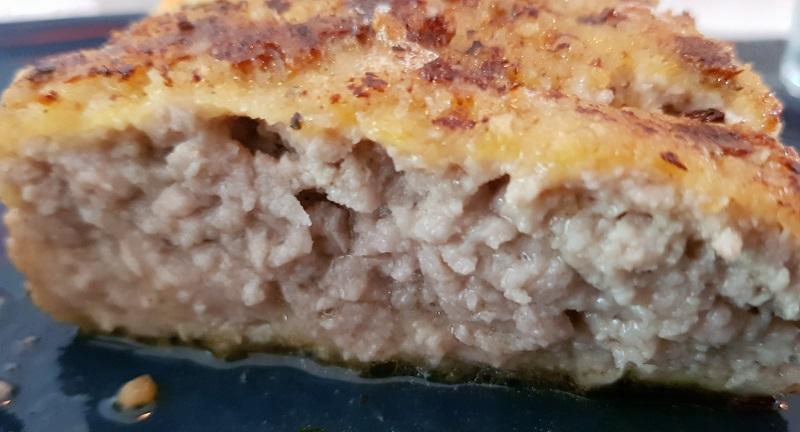
Recipe for krebinetter
At the risk of upsetting a portion of the Danish population, we dare to present our take on a delicious recipe for krebinetter. Our version is made from minced pork (similar to a meatball mixture) and double breaded in rapeseed oil.
Is it krebinetter or karbonader?
Although many people believe otherwise, krebinetter and karbonader are not two sides of the same coin—at least not originally.
Today, the differences are somewhat harder to pinpoint, but generally speaking, krebinetter are something most islanders have grown up with, while karbonader are more associated with Jutland—roughly speaking.
Krebinetter actually originate from France, where they were made in oval shapes. Here, they used either poultry, offal, or minced meat, and then krebinetter were wrapped in a fat net called crépine. Crépine is French for “fat net” and crépine is also the French name for krebinetter.
Karbonader have their roots in Italy, where they are known as carbonata. The Italians originally used pure, minced pork and formed the patties as large, round, flat steaks that were not breaded. The karbonader were grilled over coals, and the Italian word for coal is “carbonata”, which in Danish became “karbonader”.
Today, karbonader are also breaded here in Denmark, and additionally, both karbonader and krebinetter are typically made with either pure pork or a mix of pork and veal.
– and then there are all the other regional variations of both krebinetter and karbonader.
So, it is entirely understandable that there is some confusion about what the actual differences are between krebinetter and karbonader.

Krebinetter
Ingredients
- 450 gram Minced pork
- 1 pcs. Onion Revet
- 8 gram Wheat Flour
- 6 gram Salt
- 1.5 gram Pepper
- 200 gram Grate
- 106 gram Wheat Flour
- 2 pcs. Egg
- 20 gram Butter
Instructions
- First, mix the salt into the meat in a large bowl.
- Finely grate the onion and combine all ingredients with the meat.
- Mix everything well and let the mixture rest in the refrigerator for at least 15 minutes, preferably longer.
- Ensure the mixture is at room temperature before cooking. This ensures they fry rather than boil.
- The krebinetter should weigh 90 grams each and be shaped oval. They need to be double-breaded: Roll them in flour, then in the whisked eggs, and finally in the breadcrumbs. Repeat the process one more time. Melt the butter over medium-high heat in a large pan and let it foam before placing the krebinetter on the pan.
- Fry them for about 6 minutes on each side, and they are now ready to serve.
- You can use the frying fat to pour over your krebinetter or for the gravy.
